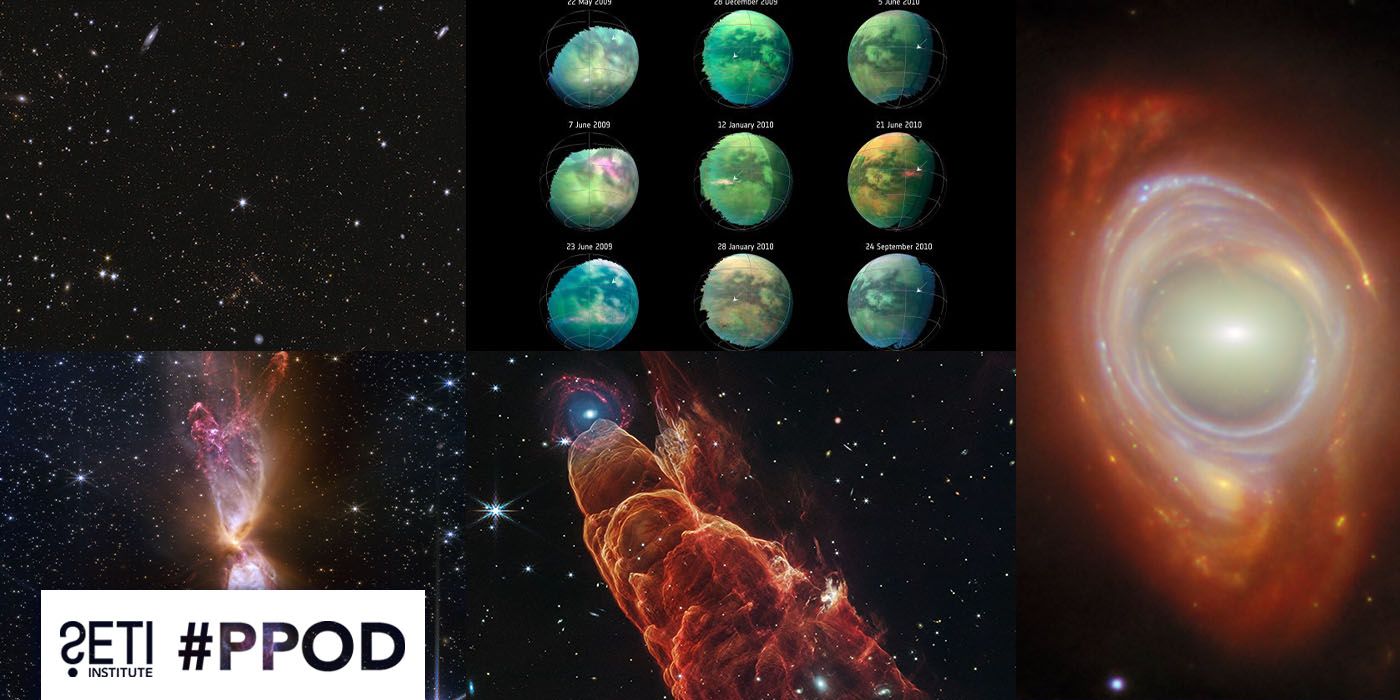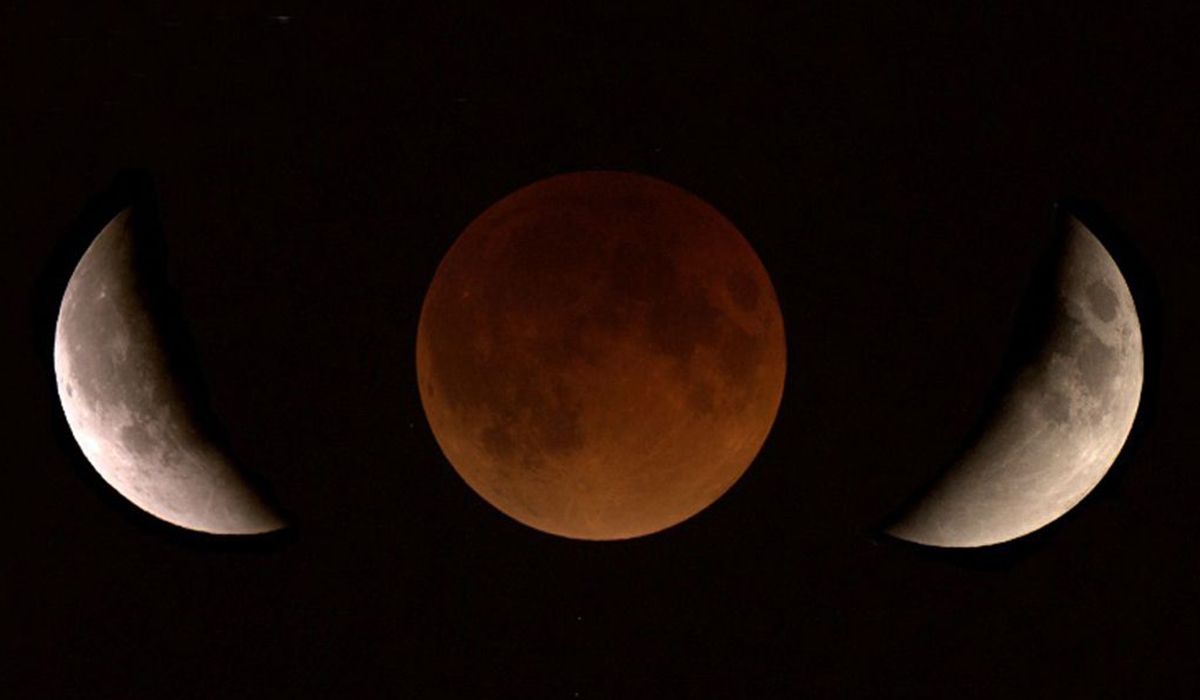
By Simon Steel: Deputy Director, Carl Sagan Center for Research
Last month, I took a trip to the ATA, the Allen Telescope Array, at the Hat Creek Radio Observatory near Lassen National Park in Northern California. I'm so excited by the potential of this trip that I wanted to be the first to share it with you. As you may know, the Allen Telescope Array is the only instrument built from the ground up to search for intelligence beyond Earth. Radio astronomy is the most important research tool for the search for extraterrestrial intelligence, yet it can be one of the most arcane and inaccessible to people starting to learn about the universe. This is about to change as a group of community college astronomy teachers descended on Hat Creek Radio Observatory at the end of May, eager to learn the techniques of radio astronomy and pass on that skill and excitement to their students. Thanks to a grant from Amateur Radio Digital Communications (ARDC), a California-based foundation that promotes innovation and education in digital communication, the group spent two days of intensive training in radio astronomy, software-defined radio, and data signal processing. The workshop was led by Dr. Vishal Gajjar, a SETI Institute radio astronomer passionate about science education, and recipient of the grant.

The workshop participants are part of the SETI Institute’s NASA Community College Network (NCCN), a NASA-funded program to support astronomy teachers in community colleges around the country. All are experienced astronomy instructors, but through limited time and resources, haven’t incorporated radio astronomy into their curriculum. The grant received by Vishal now provides a curriculum and a custom software interface to build a radio telescope receiver on the teacher's computer and access to radio astronomy data from the ATA. Community college instructors that are part of this program will also have access to the ATA itself, allowing students to obtain their own data from a real radio observatory!

Here are two short videos I shot. Enjoy!
1-minute tour of how the antenna works
Creating exciting, authentic scientific experiences for students who have not had the opportunity before because they and their college lack the resources four-year universities take for granted could be game-changing. Thanks to the ARDC foundation, NASA Community College Network, and the dedication of a few scientists and teachers, this is just the start of many projects and opportunities to support students in future science careers. Imagine, in the not-too-distant future, an underfunded urban community college celebrating as one of its alumni steps up to receive a Nobel prize for the first discovery of an alien civilization. It’s good to dream big!
News
Related News
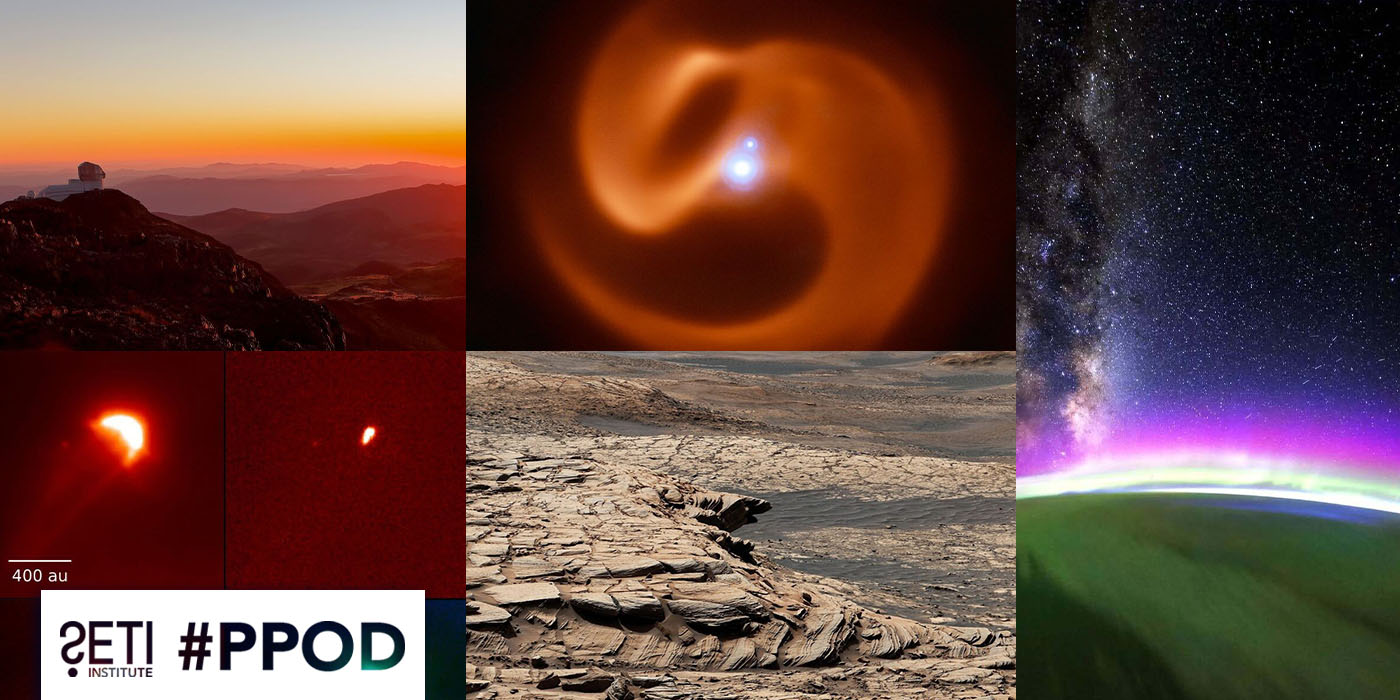
Planetary Picture of the Day - Week of May 19, 2025
#PPOD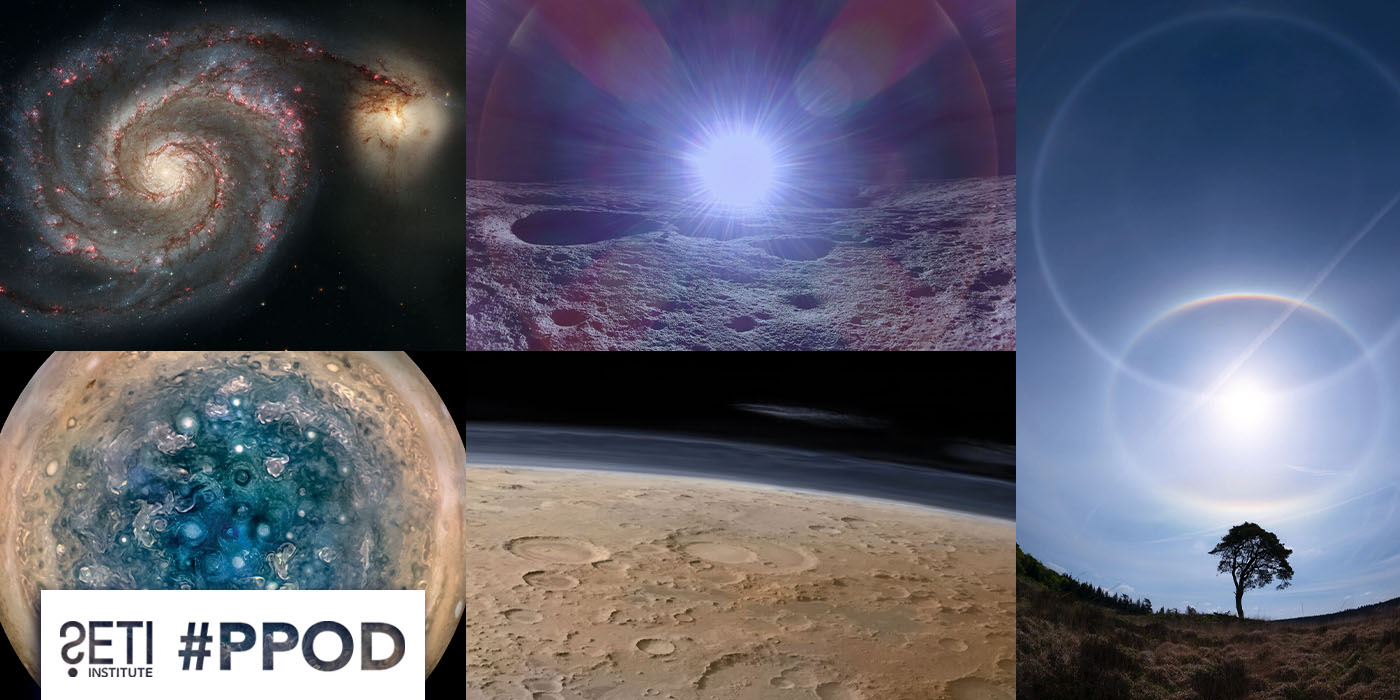
Planetary Picture of the Day Week of May 12, 2025
#PPOD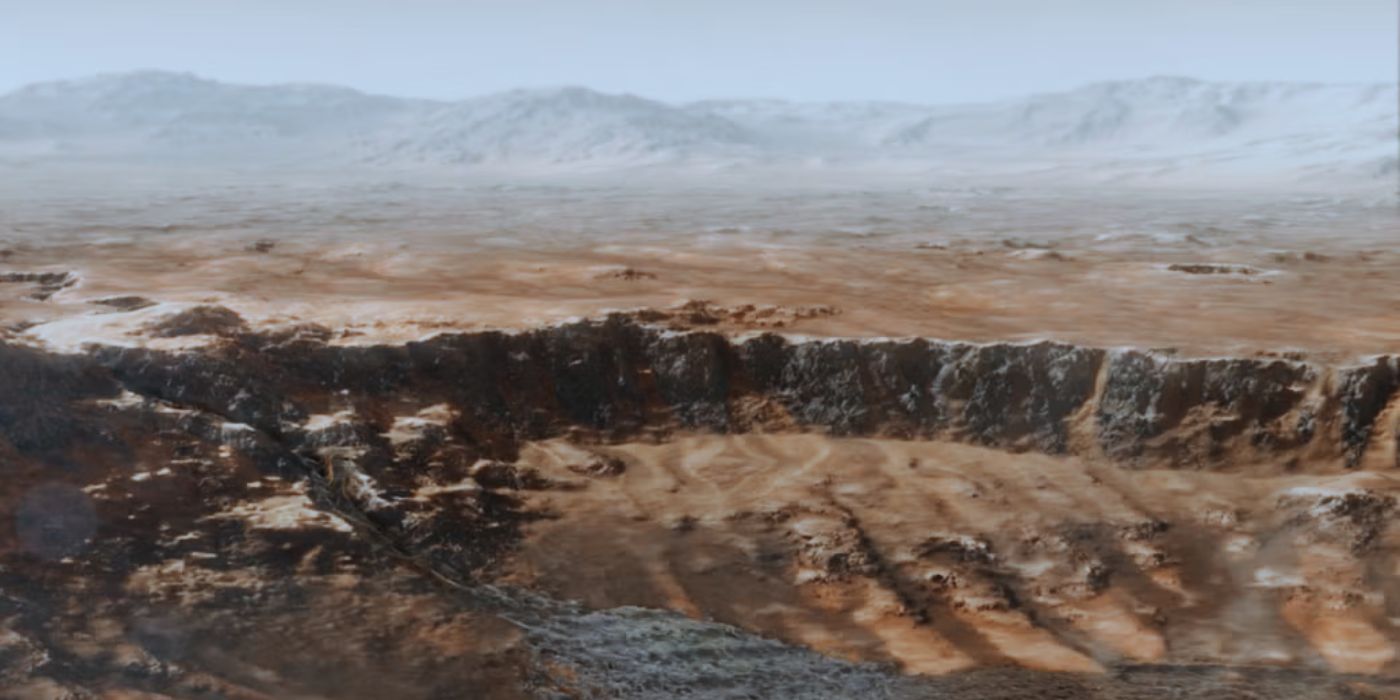
Red Planet, Blue Past: What Ancient Rain on Mars Tells Us About Its Watery History
#Mars #Solar System #AstrobiologyResearch
Related Projects
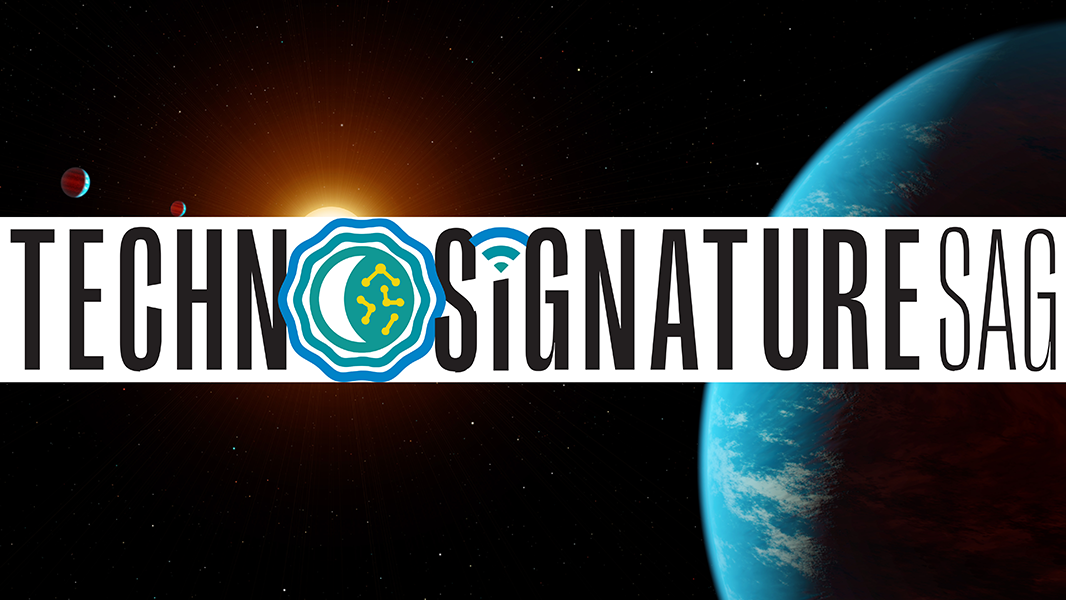
Technosignatures SAG
Technosignatures SAG is a group of volunteer experts who have been chartered by NASA to produce a report to NASA’s Exoplanet Exploration Program, containing the results of its analysis on how NASA can better integrate technosignature search into its portfolio. #Technosignatures SAG #Technosignatures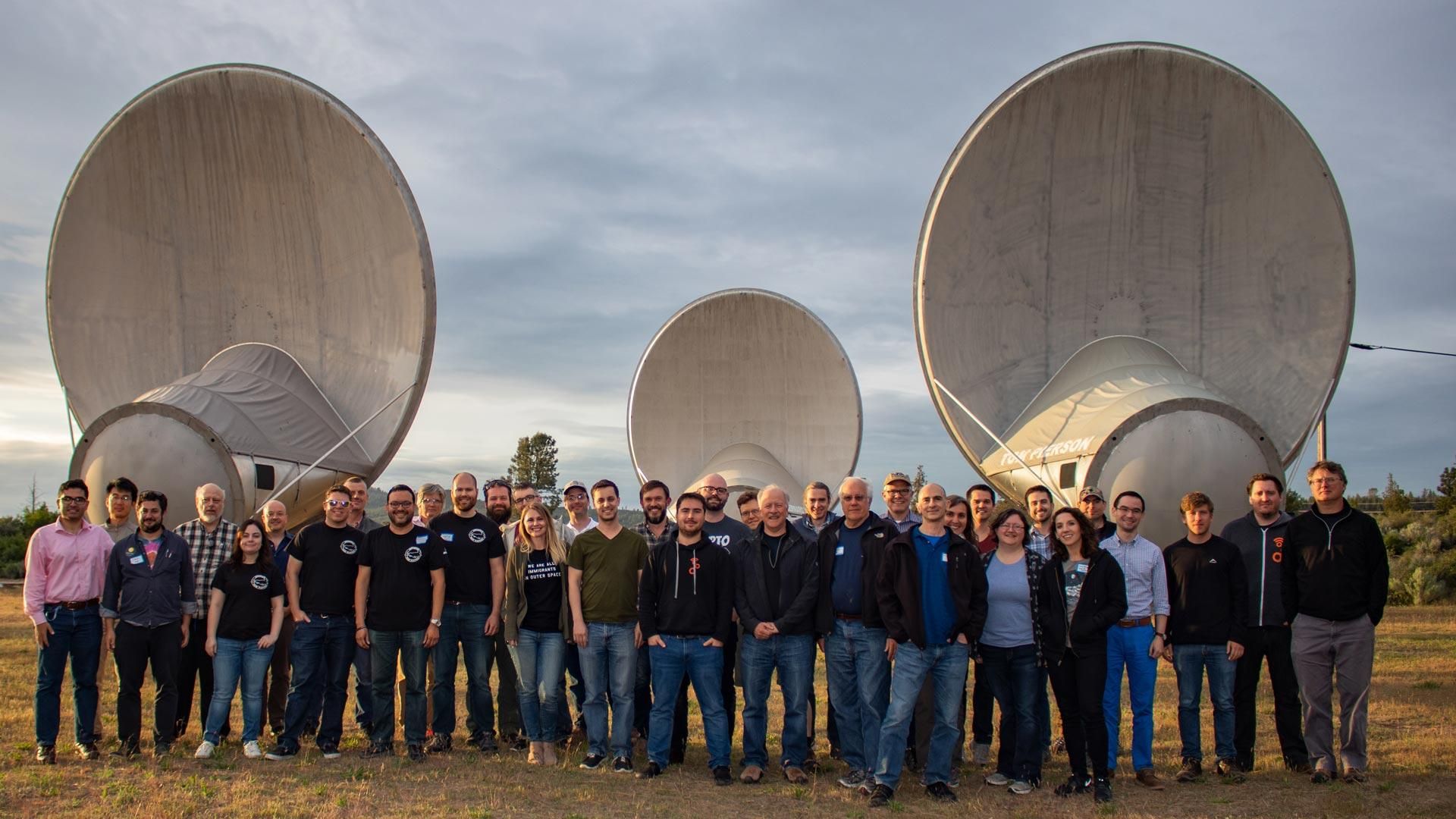
GNU Radio and SETI
GNU technology could revolutionize the development of receiving equipment for SETI (and for radio astronomy in general.) It promises to speed the design of new receivers, and to allow scientists to quickly change how data are analyzed and displayed. #GNU Radio #Radio Astronomy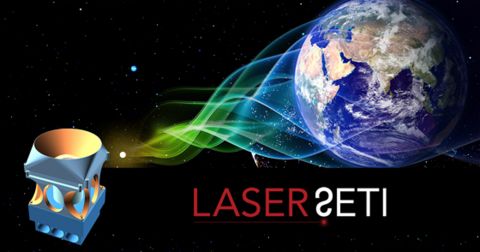
LaserSETI
SETI Institute’s LaserSETI program is building a network of instruments to monitor the entire night sky. This network represents an unprecedented growth in the continuing search for manifestations of sophisticated intelligence beyond Earth. #LaserSETI #Optical SETISupport the
SETI Institute
Scientists are getting closer in their search for life beyond earth. But with limited federal funding for the search for extraterrestrial intelligence, supporters are the reason cutting-edge scientists can keep their eyes on the sky.
)
